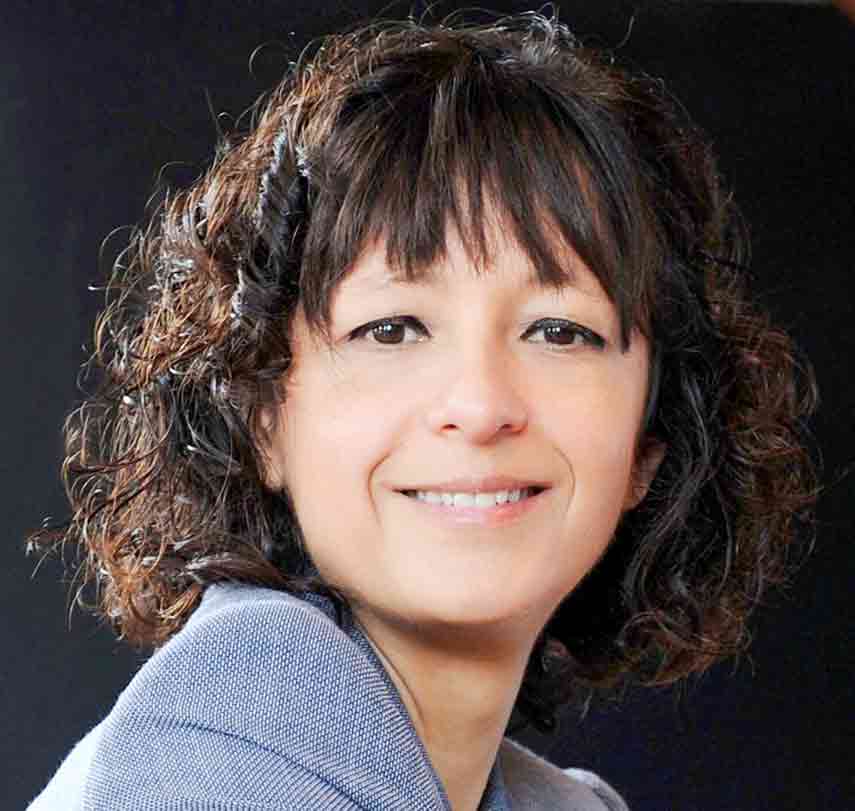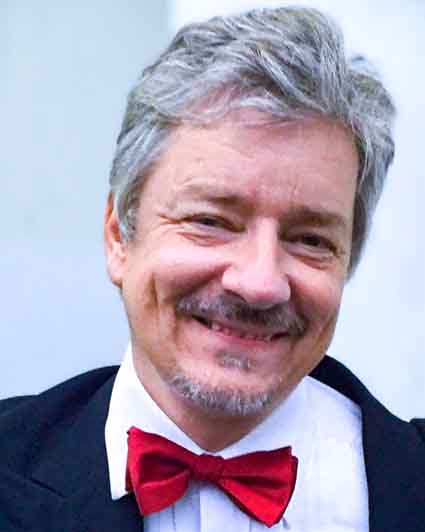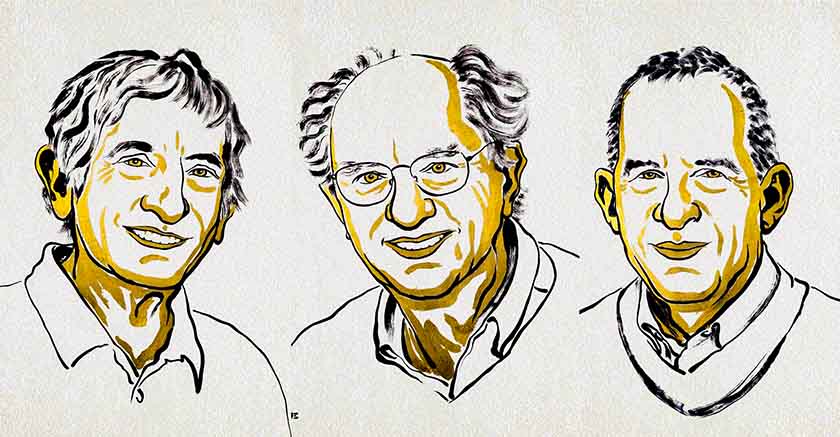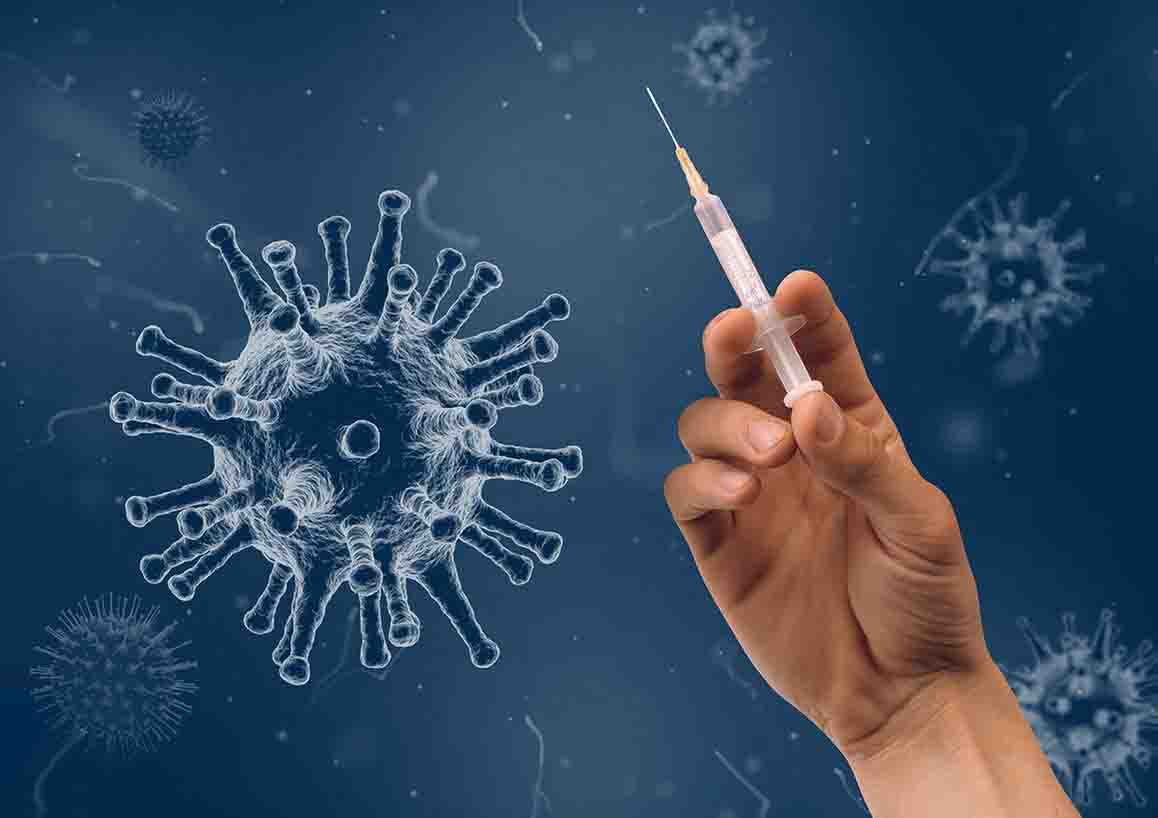The prestigious Nobel Prize in chemistry in 2020 was awarded to two women: French chemist Emmanuelle Charpentier, today associated with the Max Planck Institute in Berlin, and American Jennifer A. Doudna, from the University of California at Berkeley. The award was granted for developing the method of gene editing.

Source: Wikipedia/public domain
Actually, this prize should be awarded in biology or biotechnology, except that there are no Nobel prizes in these fields. However, the line between biology and chemistry is so blurred today that we can easily combine these two separate school subjects. Molecular biochemistry is one of the basic tools of biology today.
It is also worth recalling that the first female Nobel laureate was Polish-born Maria Skłodowska-Curie, who, honored for the second time in 1911, and this time in chemistry, received this award for discovering the elements of polonium and radium. She shared the physics award for the first time with her husband and Henri Becquerel in 1903. She was the first woman ever to be awarded, and to this day she is the only woman honored more than once.
The Chemistry Award this year reflects the tremendous advances that biochemistry, molecular biology, and genetics have made in recent years.

Emmanuelle Charpentier (Source: Wikipedia/public domain)
Both ladies, this year's winners, closely cooperated in microbiological research. After the rather accidental discovery of a new type of chemical molecule, tracrRNA in 2011, Emmanuelle recruited Jennifer, a biochemist who is an eminent RNA specialist.

Jennifer A. Doudna (Source: Wikipedia/public domain)
Not only did they collaborate to understand and construct in vitro a kind of genetic knife (or genetic scissors), which bacteria use to defend against infection, and which uses tracrRNA, but they managed to even simplify the molecular components of this mechanism so that it has become easier to use. Then, in an epic experiment in 2012, they reprogrammed these "scissors" so that they could be conveniently controlled and used to precisely cut strands of DNA at a specific location in any cell. This opened the way to genetic manipulation so far impossible in practice.
As a result, a comprehensive genetic manipulation tool was created, a kind of Swiss army knife, enabling any gene editing. These advances caused a scientific storm. This technology is still developing very fast and is something extremely exciting to scientists.
Genetic scalpel
The genetic scissors in question, or the knife, or scalpel if you prefer, is a mechanism for cutting and editing genetic material, which is called CRISPR/Cas9, a term rather inaccessible to a layperson.
CRISPR (Clustered Regularly Interspaced Short Palindromic Repeats - no wonder that everyone is rather eager to use the abbreviation) is a system found among prokaryotic organisms (i.e. primitive ones, devoid of the cell nucleus, i.e. bacteria and so-called archaea) to defend against external, invasive genetic elements (e.g. viruses, bacteriophages or plasmids). It is a mechanism that these primitive, single-celled organisms use to defend themselves against "genetic invasion" by foreign "agents," so it is a kind of simple but very effective immune system at the level of an individual cell.
This system is based on the storage of fragments of "foreign" DNA inside own genome, DNA obtained, for example, during a viral infection. The stored DNA fragments are like a "memory" of which intruders attacked the cell before. In this way, in the case of re-infection with a microbe with the same genetic profile, and therefore containing the same DNA fragments, the invader's presence in the cell can be more easily detected and it can then be more effectively destroyed using DNA-cutting enzymes called nucleases.
Note that the foreign genetic material is thus stored as if in a "file" about previous "attackers". Own (endogenous) and external (exogenous) genetic material combine into one set of instructions, the code of life, yet which are clearly separated from each other by special, palindromic DNA sequences, so that without any problems "own" genetic material is used to control processes in the cell, while it is clearly distinguished from "foreign" material, stored only for the memory of the "adversary".
The essence of the CRISPR mechanism is its ability to recognize previously recorded DNA sequences and selectively bind to this predetermined sequence. This allows you to find the proverbial needle in a haystack: out of all DNA sequences present in a given cell, CRISPR will selectively find and attach to the one specifically "remembered".
Combining the CRISPR method to find a specific DNA sequence with an enzyme called Cas9 endonuclease which performs enzymatic DNA strand cleavage near that sequence is at the heart of the CRISPR/Cas9 method, which has revolutionized molecular genetic biotechnology. This method forms the ideal "genetic scissors" that allow cutting DNA strands in arbitrary but very precisely defined places.
It is now possible to cut out a specific segment of DNA and then "paste" the genetic sequence provided from outside into the same site
The discovery of the CRISPR mechanism allowed for the deliberate modification of the genome, i.e. editing genes in precisely selected places, in a relatively easy way - much easier than the methods used so far. Having combined this with DNA repair mechanisms, it is now possible to cut out a specific segment of DNA and then "paste" an externally supplied genetic sequence into the same site. This new way to edit DNA, almost like today we're editing a Word file, is now open. This creates a field for genetic experiments on a scale hitherto unprecedented.
This, of course, has its advantages and disadvantages. The relative "ease" of the CRISPR/Cas9 method is one of the reasons why it raises very strong ethical controversies.
The ethics of genetic manipulation
Humanity has always manipulated genes. For example, from the very beginning of the agricultural civilization, humans domesticated various species of certain useful grasses (which we now call grains) in order to increase yields and obtain a better kind of product with greater nutritional value or yield. For centuries, no one was surprised by the efforts of cattle breeders to obtain types of animals with more desirable properties. It was an interference in the genetic integrity of organisms, only a very tedious and labor-intensive one, through deliberate crossing and selection, carried out consistently over many generations.
CRISPR/Cas9 brings a new quality to gene editing capability. One can now edit arbitrary DNA sequences without waiting for results for generations. What was once extremely time-consuming, difficult, and sometimes even impossible, now - with the CRISPR/Cas9 genetic scalpel - allows the "code of life" to be changed in a matter of days or weeks.
As Claes Gustafsson, chairman of the Nobel Committee on Chemistry, says:
There is enormous power in this genetic tool, which affects us all. It has not only revolutionised basic science, but also resulted in innovative crops and will lead to ground-breaking new medical treatments.
Well, it will affect all of us, only now the question arises: how?
The promise of new types of crops sounds good, but only if they are safe for humans. Unfortunately, genetics, despite its dramatic development in recent years, is still practically in its infancy. Our knowledge of the various molecular metabolic pathways is only beginning to crystallize very slowly. These are systems of such sophistication, so complex that we do not fully understand them yet, or even know all their components.
A tool like CRISPR/Cas9 is a bit like the proverbial razor in the hand of a monkey. Without fully appreciating its effects, by shifting nucleotides (DNA building blocks) back and forth, we can unconsciously (or, worse, consciously) create a real Frankenstein who will threaten his creator (on a timely, Halloween-themed note).
Hence, for example, genetically modified crops are not welcome everywhere. Although gene editing techniques have quickly produced completely new varieties of known crops that, for example, are resistant to pests or drought, many people fear the unintended consequences of such genetic manipulation. We just don't know what we don't even know yet.
The situation is even more dangerous when it comes to manipulating animal genes, especially human genes, as the effects of this affect us directly.
Take, as an example, designer babies. Here is what Paul Knoeppfler, an Austrian biomedical researcher, had to say about it:
The world of science already this year [2015, ed. auth.] experienced a great shock. Most people do not know that less than a few months ago in China, genetically modified human embryos were created. For the first time ever. The new CRISPR technology is behind this. It didn't work perfectly, but I still think that the lid of Pandora's box has been opened. I believe there will be plenty of people willing to use this technology to design babies. [TEDx]
The same scientist admits with resignation that all this is heading towards a situation where we will accept the modification of human genes in the future.
Data from a Chinese research center indicate that one of the fetuses obtained is a "mosaic" of cells that have been edited in various ways. It is literally a chimera.
So far, one of the results of this experiment is the arrest of He Jiankui, a Chinese researcher who stunned the world by announcing that he helped produce genetically modified children, who was found guilty of "illegal medical practices" and sentenced to three years in prison. The second effect was the birth of two twins, who developed from genetically edited embryos. [MIT]
However, even scientists who agree that editing the human gene could be beneficial, argue that we need to be clear about how fast we are progressing. An additional moral burden on this technology could be the fact that the changes in the embryo could be inherited by future generations and could eventually affect the entire gene pool of mankind. Who is willing to undertake such a responsibility? While the intention may be to create perfect human beings, the result may be a monster.
On another note, George Church, a geneticist at Harvard University, is often quoted for his work on the so-called xenotransplants, that is, the procurement of organs for people from donors other than humans, such as, for example, ... pigs. All this with the aim of creating a reliable supply of human organs for transplantation, such "spare parts" of the human body. Church and his colleagues used CRISPR/Cas9 to modify swine embryos so that they became a potential site for growing transplants. The point is, many people would rather die than get an organ from a pig...
I will not even mention the possibilities of manipulating the genomes of viruses and invasive organisms similar to them, for really nefarious purposes and with effects that no one today is able to predict.
The manipulations that took place over the centuries, i.e. cross-breeding and selection, were very slow, and their effects had time to assimilate with the rest of the biosphere and achieve some ecological balance. Rapid and sudden, by comparison, the manipulation of genetic material with CRISPR/Cas9 introduces a completely new quality, and dramatic changes with unknown consequences can literally arise overnight.
Too late to turn back
Should genetic manipulation be stopped? It is like asking if we should stop using computers, or give up the internet, or electricity. The avalanche has started a long time ago and there is no way to stop it, and the benefits of it are undeniable. The only question is how not to be buried under it.
The ability to edit genes opens up exciting new opportunities to cure the myriad of genetically transmitted diseases that have plagued humankind since the dawn of time. Today, thousands of laboratories carrying out important research around the world have this method at their disposal. Most of these laboratories are not interested in the design of babies, or the development of biological weapons. They try to understand and control the diseases that plague people. So there is a positive side to CRISPR/Cas9.
On the other hand, it may be that some people may act out of concern for something other than science - science may not be their motivation. They may be driven by some crazy ideology, or just a pursuit of profit. Such people will agree to designer babies, or to release terrible weapons of mass destruction into the world.
One can imagine, for example, how the dominant social attitudes in a country, including the notion that the greater "social good" is more important than the rights of the individual and allowing even international guidelines to be circumvented, could lead to eugenic experiments that were unprecedented, such as the potential construction of the "perfect soldier".
CRISPR/Cas9 is a double-edged sword. Nobody really knows how it will be used in the future and what the long-term consequences will be. History provides numerous examples of how easily groundbreaking research and discoveries can get out of hand and enter into daily use, not necessarily for the benefit of mankind, as Alfred Nobel stipulated in his will.
This year's Nobel Prize in the field of chemistry should give us all food for thought, not so much to, figuratively speaking, trying to reverse a rushing river with a stick, but how to regulate and control this river so that we do not drown in its flood.






